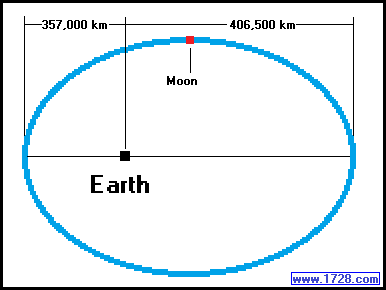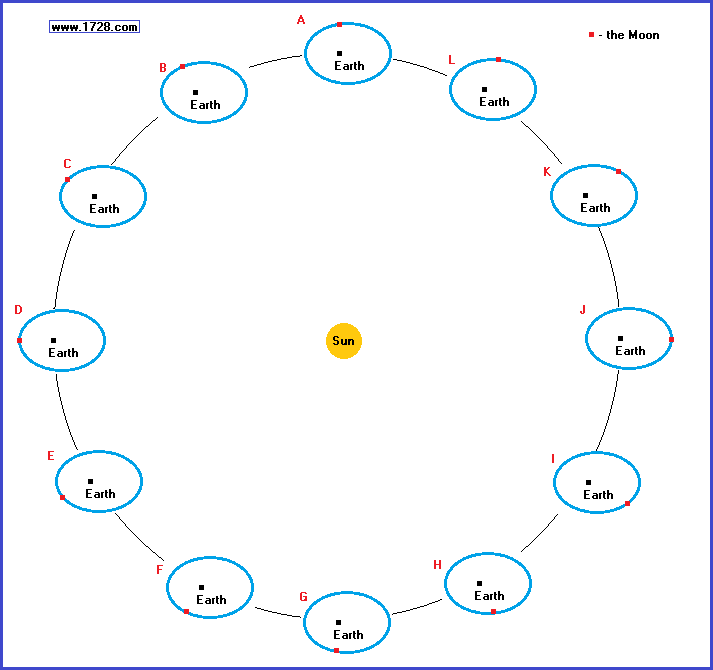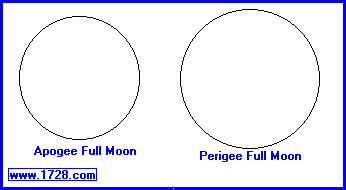The expression “supermoon” is not a term used by astronomomers. The scientific name for the Moon’s closest approach to the Earth is called a “Perigee Full Moon”.
Yes on November 14, 2016, the Moon will seem larger than it has appeared for the last 68 years.
Before you get too enthused about observing this “supermoon”, it may be wise to consider this comparison.
If you are an American, you are no doubt familiar with the nickel coin, which has a diameter of .835 inches (21.21 mm).
The Moon, on average, is the size of a nickel observed at a distance of 7.6 feet (2.32 meters).
When observed during this “supermoon”, it will be the size of a nickel at 7.14 feet (2.18 meters).
I am certainly not trying to disparage astronomy. Instead, I just don’t like the way the media tends to exaggerate news stories.
Nevertheless, the Moon has made the headlines recently because on November 14, 2016 it will display as a “supermoon” appearing larger and brighter than usual. This is not an unusual event and occurs because the Moon’s elliptical orbit about the Earth changes its distance from from 357,000 kilometers (perigee) to 406,500 kilometers (apogee). (see the graphic below)
(To make the distance differences easier to see, the Moon’s eccentric orbit has been drawn extremely exaggerated).

How does this affect the Full Moon’s apparent size? In order to see this, we have to look at the Moon’s orbit for a full year, during which time there should be about 12 Full Moons. (see graphic below)

Whenever the Sun, Earth and Moon are in a straight line, in that order, a Full Moon occurs.
If we have a Full Moon when the Moon is at (or near) its closest approach to the Earth (357,000 kilometers – diagram D) we have a perigee full moon (or supermoon).
A Full Moon when the Moon is at (or near) its furthest approach to the Earth (406,500 kilometers – diagram J) produces an apogee full moon.
The Moon has a diameter of 3,474 kilometers and using the angular size calculator we can see that the Full Moon’s apparent size increases from 29.4 minutes of arc at apogee to 33.5 minutes at perigee, a change of about 14%.
The diagram below is a pretty good depiction of the size differences of the perigee full moon and the apogee full moon.
Of course, to get an idea of the actual appearance of the Full Moon, you would have to view this at 3.9 meters (12.8 feet)!
